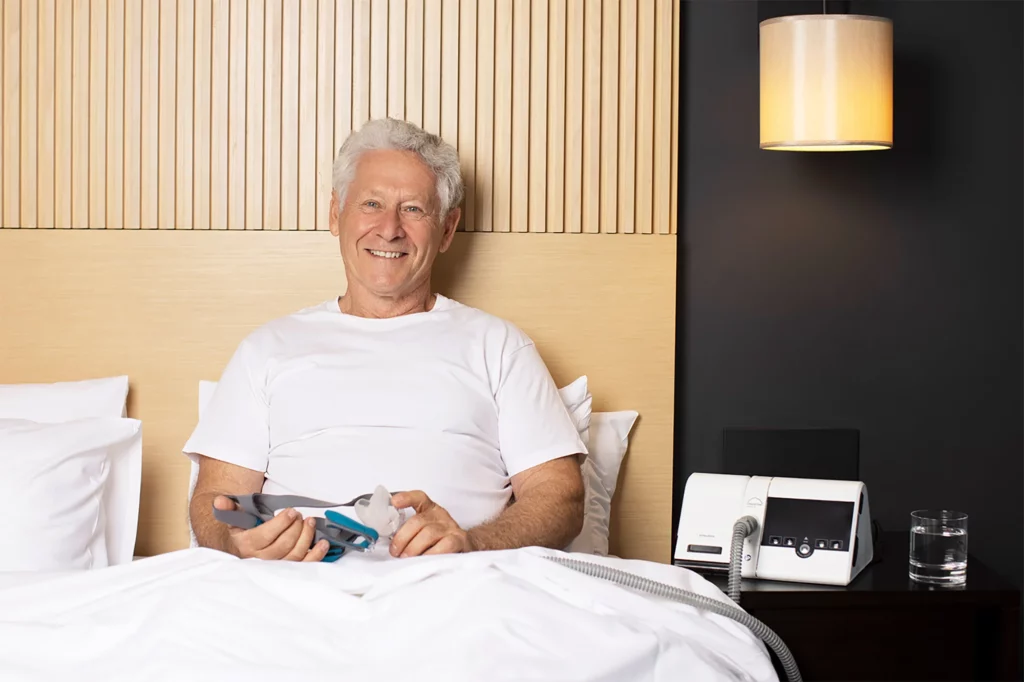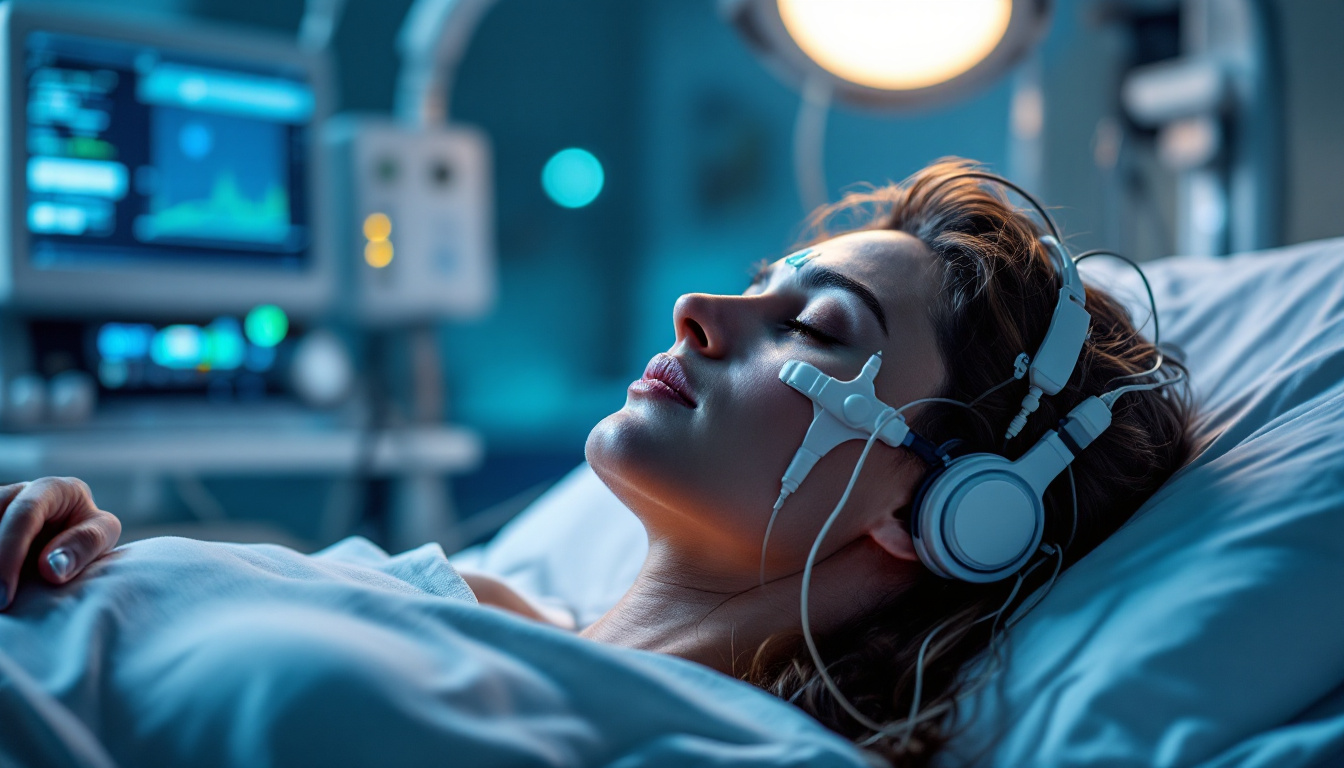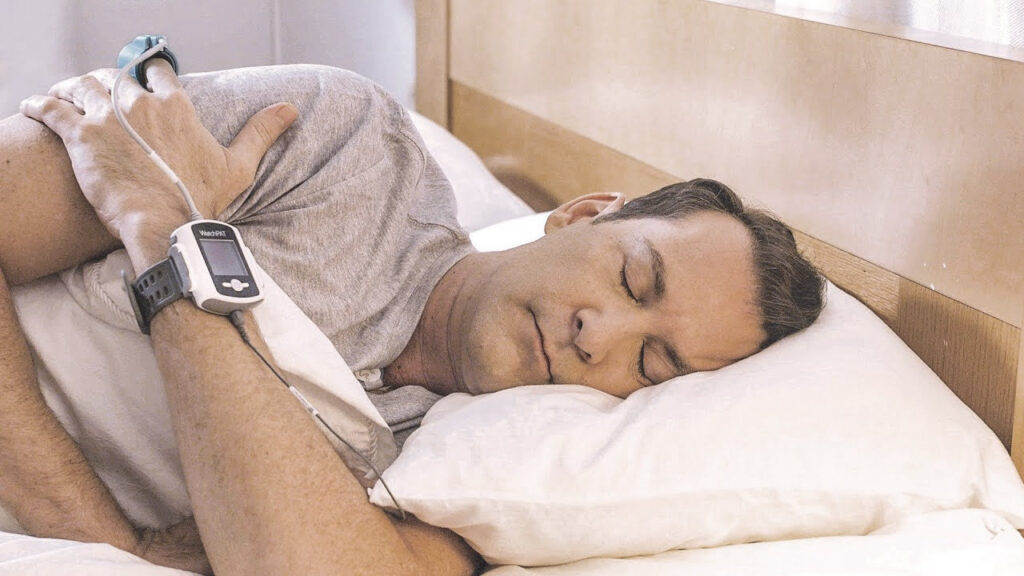Sleep is a fundamental aspect of human health, yet many Australians struggle with sleep disorders that can significantly affect their quality of life. Understanding the difference between a sleep study and a sleep test is crucial for those seeking to address their sleep issues effectively. This article aims to clarify these two terms, their purposes, and what individuals can expect when undergoing each procedure in Australia.
Understanding Sleep Disorders
Sleep disorders encompass a range of conditions that disrupt normal sleep patterns, leading to difficulties in falling asleep, staying asleep, or experiencing restful sleep. Common disorders include insomnia, sleep apnoea, restless legs syndrome, and narcolepsy. Each of these conditions can have profound effects on daily functioning, mood, and overall health. For instance, insomnia can lead to chronic fatigue, irritability, and cognitive impairments, while sleep apnoea can increase the risk of cardiovascular problems due to repeated interruptions in breathing during sleep. Restless legs syndrome often manifests as an overwhelming urge to move the legs, particularly at night, which can significantly hinder one’s ability to achieve a deep and restorative sleep.

A sleep study, also known as polysomnography, is a comprehensive examination that takes place overnight in a sleep clinic or hospital. This procedure involves monitoring various physiological parameters while the patient sleeps, providing a detailed picture of their sleep patterns and behaviours.
In Australia, the prevalence of sleep disorders is alarmingly high, with studies indicating that around one in three adults experience some form of sleep disturbance. This statistic is particularly concerning given the vital role that sleep plays in maintaining physical health, mental well-being, and overall quality of life. As awareness of these issues grows, so does the need for effective diagnosis and treatment options. Public health initiatives are increasingly focusing on educating individuals about the importance of sleep hygiene, which includes practices such as maintaining a consistent sleep schedule, creating a comfortable sleep environment, and limiting screen time before bed. These strategies can be instrumental in alleviating some of the symptoms associated with sleep disorders.
Why Diagnosis is Important
Accurate diagnosis is the first step towards effective treatment. Without proper identification of the underlying cause of sleep issues, individuals may find themselves relying on ineffective remedies or, worse, exacerbating their condition. Both sleep studies and sleep tests play a pivotal role in diagnosing sleep disorders, but they do so in different ways. Sleep studies, often conducted in specialised sleep clinics, monitor various physiological parameters during sleep, such as brain activity, heart rate, and oxygen levels. This comprehensive approach allows healthcare professionals to identify specific disorders, such as obstructive sleep apnoea or periodic limb movement disorder, with greater precision. On the other hand, home sleep tests provide a more accessible option for individuals who may feel uncomfortable in a clinical setting, offering a simplified method to gather essential data about their sleep patterns.
Moreover, the importance of timely diagnosis cannot be overstated, as many sleep disorders are linked to other health issues. For example, untreated sleep apnoea is associated with a higher risk of hypertension, diabetes, and stroke. Therefore, recognising the symptoms early and seeking professional help can lead to better management of both sleep disorders and their potential comorbidities. Furthermore, the psychological impact of sleep disorders should not be overlooked; conditions such as insomnia are often intertwined with anxiety and depression, creating a vicious cycle that can be challenging to break. By addressing sleep issues through proper diagnosis, individuals can not only improve their sleep quality but also enhance their overall mental health and well-being.
What is a Sleep Study?

Components of a Sleep Study
During a sleep study, several key parameters are monitored, including brain activity, eye movements, heart rate, oxygen levels, and muscle activity. These measurements help healthcare professionals identify specific sleep disorders, such as sleep apnoea or periodic limb movement disorder. Read more about movement on https://graduate.northeastern.edu/knowledge-hub/what-is-human-movement-science/
The environment of a sleep study is designed to mimic a home setting, allowing patients to feel as comfortable as possible. Despite being in a clinical setting, the aim is to create a relaxed atmosphere to facilitate natural sleep.
Who Should Consider a Sleep Study?
A sleep study is typically recommended for individuals who exhibit severe symptoms of sleep disorders. This may include loud snoring, episodes of breath cessation during sleep, excessive daytime sleepiness, or difficulty concentrating. If these symptoms are present, a sleep study can provide invaluable insights into the nature of the sleep disorder and inform appropriate treatment options.
What is a Sleep Test?
A sleep test, often referred to as a home sleep test (HST), is a simplified version of a sleep study that can be conducted in the comfort of one’s own home. This test is usually recommended for patients suspected of having obstructive sleep apnoea, as it focuses on monitoring specific parameters related to this condition.
Components of a Sleep Test
Unlike a full sleep study, a sleep test typically involves fewer monitoring devices. Patients are usually equipped with a portable device that tracks their breathing patterns, oxygen levels, and heart rate during sleep. The data collected is then analysed to determine if sleep apnoea is present.
Home sleep tests are designed to be user-friendly, allowing individuals to conduct the test without the need for a clinical environment. This convenience can make the testing process less intimidating and more accessible for many patients.
Who Should Consider a Sleep Test?
Sleep tests are generally recommended for individuals who exhibit mild to moderate symptoms of sleep apnoea. If a healthcare professional suspects that a patient may have obstructive sleep apnoea based on their symptoms and medical history, a sleep test can be an efficient and effective diagnostic tool.
Key Differences Between Sleep Studies and Sleep Tests
While both sleep studies and sleep tests aim to diagnose sleep disorders, there are several key differences between the two. Understanding these differences can help patients make informed decisions about their healthcare.
Setting and Environment
The most apparent difference lies in the setting. Sleep studies are conducted in specialised sleep clinics, where patients are monitored overnight by trained professionals. In contrast, sleep tests are performed at home, allowing patients to sleep in their own environment.
Complexity of Monitoring
Another significant difference is the complexity of monitoring. Sleep studies provide a comprehensive analysis of various physiological parameters, making them suitable for diagnosing a wide range of sleep disorders. On the other hand, sleep tests focus primarily on measuring breathing patterns and oxygen levels, making them more limited in scope. Click here to find more about oxygen.
Cost and Accessibility
Cost can also be a deciding factor for many patients. Sleep studies tend to be more expensive due to the resources involved in conducting them. Sleep tests, being less complex and more accessible, are often more affordable. This can be particularly important for those without private health insurance.
Preparing for a Sleep Study or Sleep Test
Preparation for a sleep study or sleep test is crucial for ensuring accurate results. Patients are typically advised to follow specific guidelines to optimise their testing experience.
Before a Sleep Study
Prior to a sleep study, patients may be instructed to avoid caffeine and alcohol for at least 24 hours. Additionally, it is advisable to maintain a regular sleep schedule leading up to the study. Patients should also bring any necessary medications and personal items to help them feel comfortable during their stay.
Before a Sleep Test
For a sleep test, preparation is generally less intensive. Patients should still avoid caffeine and alcohol, but they may also be asked to refrain from napping on the day of the test to ensure they are sufficiently tired. Instructions on how to set up and use the monitoring device will be provided, ensuring a smooth testing process.
Interpreting the Results
Once the sleep study or sleep test is complete, the results will be analysed by a sleep specialist. Understanding these results is vital for determining the appropriate course of action.
What to Expect from Sleep Study Results
The results from a sleep study can provide a wealth of information. They may reveal specific sleep disorders, the severity of the condition, and how various factors such as body position or sleep stage affect the patient’s sleep. Based on these findings, a treatment plan can be developed, which may include lifestyle changes, continuous positive airway pressure (CPAP) therapy, or medication.
What to Expect from Sleep Test Results
Results from a sleep test will primarily focus on the presence and severity of obstructive sleep apnoea. If diagnosed, treatment options will be discussed, which may include lifestyle modifications, the use of CPAP machines, or in some cases, surgical interventions.
Conclusion
In summary, both sleep studies and sleep tests serve essential roles in diagnosing sleep disorders, but they cater to different needs and circumstances. A sleep study offers a comprehensive evaluation, making it suitable for complex cases, while a sleep test provides a more accessible option for those suspected of having obstructive sleep apnoea.
Understanding the differences between these two diagnostic tools can empower individuals to seek the appropriate care for their sleep issues. With the right diagnosis and treatment, many Australians can improve their sleep quality, leading to enhanced overall health and well-being.
For anyone experiencing sleep disturbances, consulting a healthcare professional is the first step towards a restful night’s sleep. The journey to better sleep begins with understanding the options available and making informed choices.
Read about private sleep study cost at: Private Sleep Study Cost vs Bulk-Billed Options
